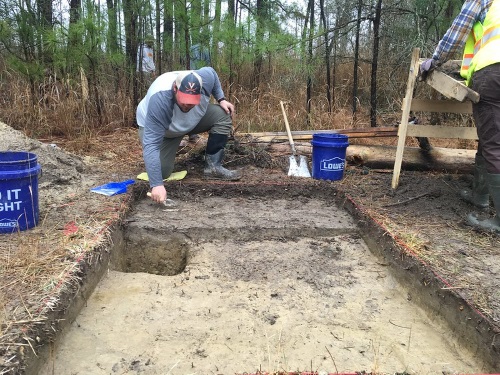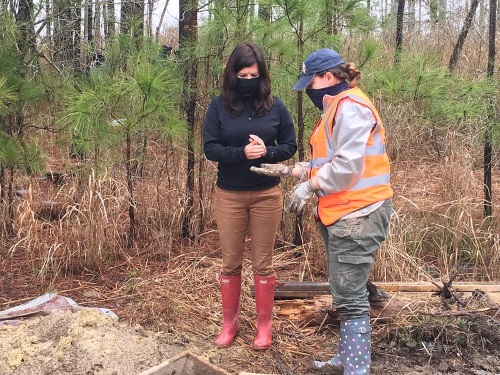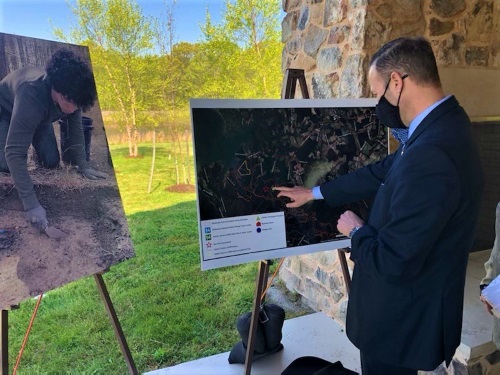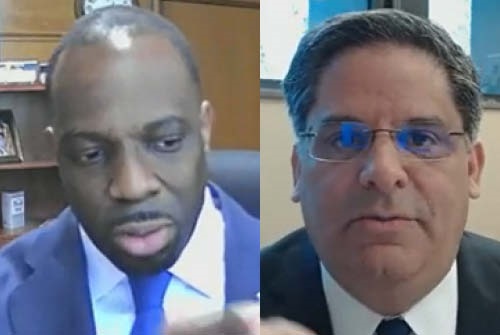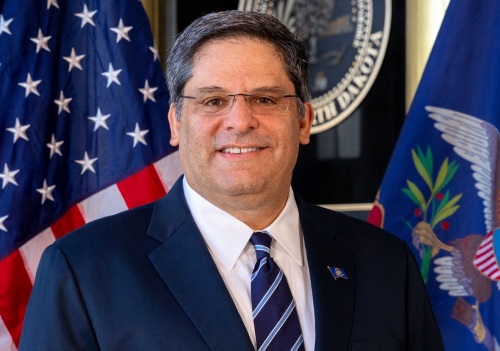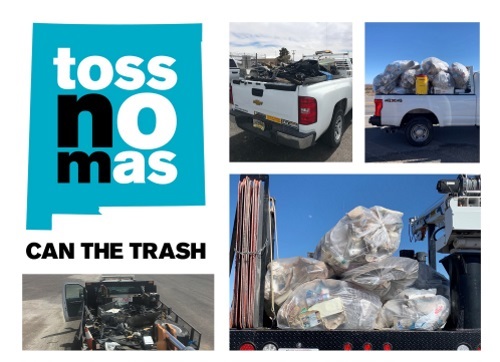FEDERAL ACTION
Earmarks are back, and they could be key to Biden’s infrastructure plans – Marketplace
Green Transportation Act introduced to reduce pollution – Transportation Today
House Panel Ready for Transportation Bill, Rep. Peter DeFazio Says – Transport Topics
GOP weighs going bigger on infrastructure – Politico
Wildlife-Vehicle Collisions Are a Big and Costly Problem and Congress Can Help – Pew
How The White House Is Reaching Out To Congress As It Seeks A Deal On Infrastructure – NPR
COVID-19
Where Covid’s Car-Free Streets Boosted Business – CityLab
MDOT PSA encourages Covid-19 vaccination – Michigan DOT (Press release)
INFRASTRUCTURE RESILIENCE AND SUSTAINABILITY
State DOT Panel Stresses Funding, Storytelling as Key Infrastructure Issues – AASHTO Journal
The Congressman in Charge of Transportation Fears Oregon Is Squandering Its Chance to Replace the Columbia River Bridge – Willamette Week
Keene, N.H., Considers Guidelines to Boost EV Infrastructure – Keene Sentinel
Growth without traffic? Madison traffic management plan aims to curb congestion, pollution – Wisconsin State Journal
Before building sustainably, let’s define ‘sustainability’ – The Hill (Opinion)
AIR QUALITY
Air pollution from farms leads to 17,900 U.S. deaths per year, study finds – The Washington Post
Taking to the Road to Measure Air Quality – Tufts University
Jersey City’s new Climate and Energy Action Plan is a win-win, officials say – NJ.com
The Transportation & Climate Initiative is worth it – CT Mirror (Opinion)
ENVIRONMENTAL JUSTICE
State DOT CEOs Talk Transportation Equity at Hearing – AASHTO Journal
AASHTO, COMTO Sign MOU at Spring Meeting – AASHTO Journal
Federal bill would help reconnect areas with highways running through them – WTEN-TV
‘Environmental justice’ bill is a ‘hot mess’ – Colorado Springs Gazette (Opinion)
NATURAL RESOURCES
Not just any flotation device—this one saves the environment – Fort Bend Independent
College of EMS offsets carbon emissions one tree at a time – Penn State
NMDOT revives ‘Toss NO Mas’ litter campaign – New Mexico DOT (Press Release)
ACTIVE TRANSPORTATION
After walking and biking gained momentum during pandemic, CT towns become more pedestrian friendly – Fairfield Citizen
CULTURAL RESOURCES
Kansas City leaders turn to art installations to slow traffic at busy intersections – WDAF-TV
Newsom offers $1 billion to complete ‘critical’ transit projects before 2028 Olympics – Los Angeles Times
HEALTH AND HUMAN ENVIRONMENT/ACTIVE TRANSPORTATION
Providing Transportation Access, Mobility during Emergencies – AASHTO Journal
New York City announces record creation of bus, bicycle lanes planned for 2021 – WABC-TV
New Mobility Study shows how people use bike share, car share, and ride hail to get around Seattle – SDOT (Blog)
Cyclists ‘target of prey’ on Mesa streets – East Valley Tribune
NDDOT provides grants for alternative transportation – KFYR-TV
TRB RESOURCES/ANNOUNCEMENTS
FEDERAL REGISTER NOTICES
Rescinding the Rule on Increasing Consistency and Transparency in Considering Benefits and Costs in the Clean Air Act Rulemaking Process – EPA (Interim final rule; request for comments)
Federal Aviation Administration Policy: Review of Solar Energy System Projects on Federally-Obligated Airports – FAA (Notification of policy)
Information Collections: Clauses and Forms for Operating Plans and Agreements for Powerline Facility Operation and Maintenance, Inspections, and Vegetation Management and Clause for Vegetation Management Pilot Program Projects – Forest Service (Notice; request for comment)
Notice of Intent To Rule on Request To Dispose 5.3 and .8 Acres of Land at Sanford Seacoast Regional Airport, Sanford, ME – FAA (Request for public comments)

